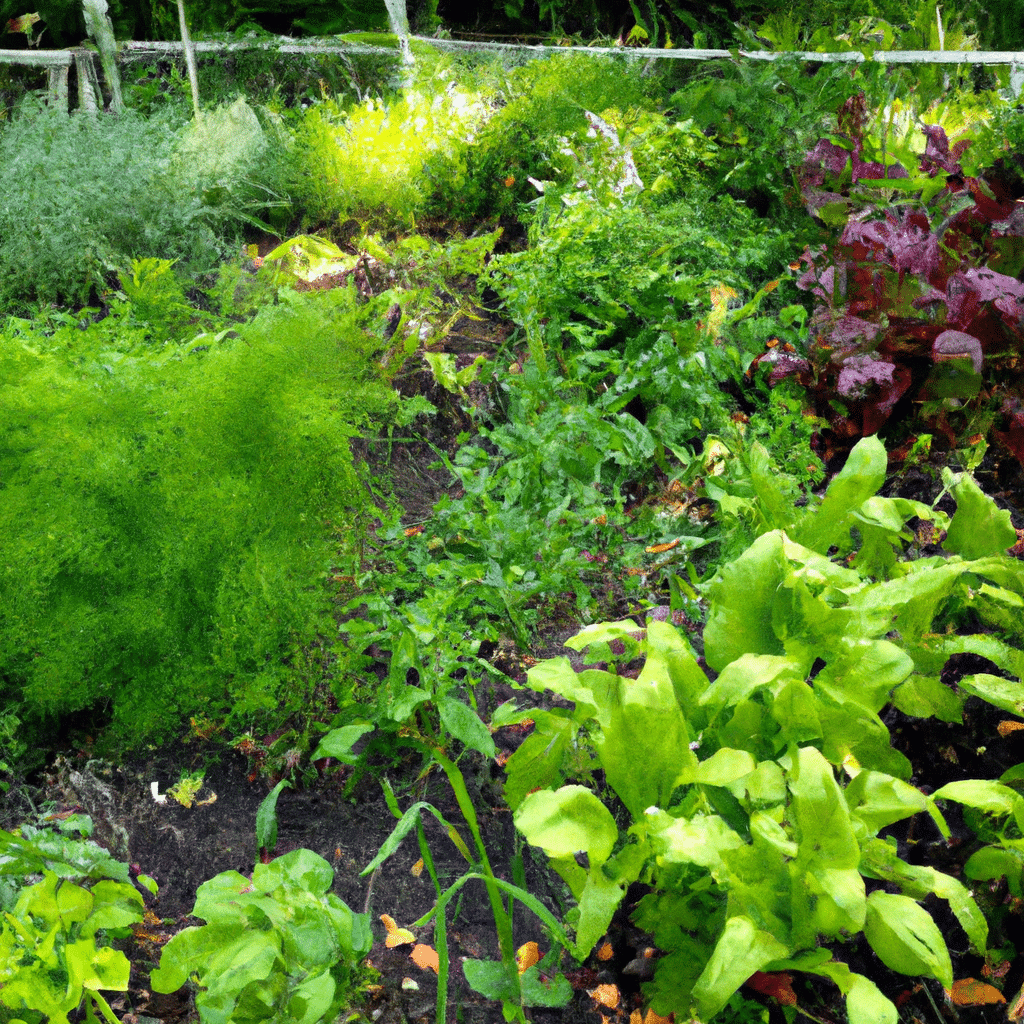Planting a successful garden requires more than just good soil, water, and sunlight. It involves strategic planning and understanding the unique relationships between different plants. Companion planting, the practice of growing specific crops together to benefit one another, is an age-old technique that can significantly enhance your harvest. In this comprehensive guide, we will delve into the world of companion planting, exploring its benefits and techniques.

Understanding the Benefits of Companion Planting
Companion planting offers numerous advantages for your garden. By carefully selecting the right plant combinations, you can:
- Pest Control: Planting certain crops together can help deter pests naturally. For example, marigolds emit a strong scent that repels aphids, while basil repels mosquitoes and flies.
- Improved Soil Fertility: Some plants have the ability to fix nitrogen in the soil, enriching it for neighboring plants. Legumes such as peas and beans are excellent nitrogen fixers, benefiting nearby crops like tomatoes and peppers.
- Enhanced Pollination: Certain flowering plants, like sunflowers and borage, attract bees and other pollinators. Intercropping these with fruiting vegetables or fruit trees can increase pollination rates and boost overall yield.
- Weed Suppression: Companion planting can help control weeds by creating a dense canopy that shades the soil, making it difficult for weed seeds to germinate and grow.
Essential Techniques for Successful Companion Planting
To make the most of companion planting, it is crucial to understand which plants work well together and which may hinder each other’s growth. Here are some fundamental techniques to consider:
1. Crop Rotation
Rotating crops annually helps prevent the buildup of pests and diseases in the soil. By alternating plant families each year, you can break the life cycles of many garden pests and reduce the need for chemical interventions.
2. The Three Sisters
The traditional Native American planting technique known as the Three Sisters involves interplanting corn, beans, and squash. Corn provides support for the beans to climb, while the beans fix nitrogen in the soil, benefiting the nutrient-hungry corn. The sprawling squash plants create a living mulch, suppressing weeds and conserving soil moisture.
3. Trap Cropping
Trap cropping involves planting a sacrificial crop to attract pests away from the main crop. For example, planting radishes near broccoli can divert flea beetles, protecting the broccoli from damage.
4. Companion Planting Charts
Companion planting charts provide valuable guidance on which crops work well together and which should be kept apart. These charts are easily accessible online and can help you plan your garden layout effectively.
Maximizing Your Harvest with Companion Planting Strategies
Now that you understand the benefits and techniques of companion planting, let’s explore specific strategies to boost your harvest:
1. Tomatoes and Basil
Tomatoes and basil make an excellent companion planting pair. Basil not only enhances the flavor of tomatoes but also repels pests like aphids and hornworms. Plant basil around the base of tomato plants to enjoy these benefits.
2. Carrots and Onions
Carrots and onions are mutually beneficial when planted together. Onions repel carrot flies, while carrots help deter onion flies. This partnership promotes healthier growth and reduces the risk of insect infestations.
3. Cucumbers and Radishes
Radishes are excellent companion plants for cucumbers. They repel cucumber beetles and can act as a natural trap crop, drawing pests away from the cucumbers. Additionally, radishes help break up the soil, allowing better root penetration for cucumber plants.
4. Marigolds and Beans
Planting marigolds alongside beans offers multiple benefits. Marigolds repel harmful nematodes and Mexican bean beetles while attracting beneficial insects like ladybugs. The scent of marigolds also repels aphids, protecting your bean plants.
Conclusion
Companion planting is a powerful technique that can elevate the productivity and health of your garden. By harnessing the natural synergies between different plants, you can improve pest control, soil fertility, pollination, and weed suppression. Remember to rotate your crops, explore the Three Sisters method, utilize trap cropping, and refer to companion planting charts for guidance. Experiment with companion planting combinations such as tomatoes and basil, carrots and onions, cucumbers and radishes, and marigolds and beans. By incorporating these strategies into your gardening practices, you can create a thriving and bountiful garden.
Happy gardening!



